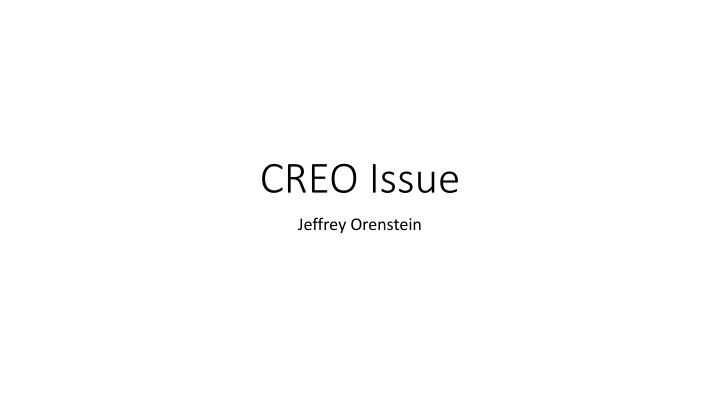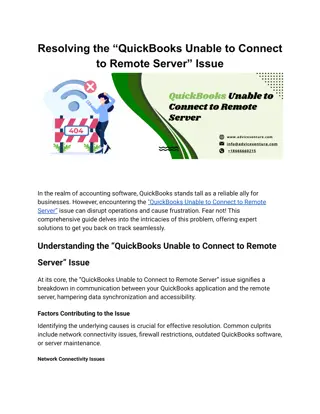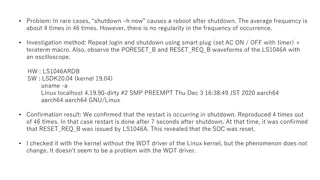
Unit Interpretation Impact on Material Properties in Engineering
Discover the hidden consequences of unit interpretation in engineering design, where adjusting units can unexpectedly alter material properties, affecting part mass and potentially leading to serious implications in aerospace products.
Download Presentation

Please find below an Image/Link to download the presentation.
The content on the website is provided AS IS for your information and personal use only. It may not be sold, licensed, or shared on other websites without obtaining consent from the author. If you encounter any issues during the download, it is possible that the publisher has removed the file from their server.
You are allowed to download the files provided on this website for personal or commercial use, subject to the condition that they are used lawfully. All files are the property of their respective owners.
The content on the website is provided AS IS for your information and personal use only. It may not be sold, licensed, or shared on other websites without obtaining consent from the author.
E N D
Presentation Transcript
CREO Issue Jeffrey Orenstein
Scenario 1: 1. An engineer / vendor sends me a STEP file containing a part. Unbeknownst to me, the units are set to be microns rather than inches. 2. I import the STEP file using inch units, and assign a material. I carry out several edits. 3. I notice that the part is scaled wrong. In order to fix the part, I interpret the units to microns. I m expecting this to change only the part geometry. This process will actually cause the values in the material properties to be changed. The only way to revert to the true properties would be for me to redefine the material or bring it back over from my organization s database.
Scenario 2: 1. I create a new part. My organization s default part templates set the material to aluminum and the units to inches. 2. I m designing a part using units of mils. However, I forget to change the units before I start modeling. 3. I notice that the part is scaled wrong. In order to fix the part, I interpret the units to mils. I m expecting this to change only the part geometry. This process will actually cause the values in the material properties to be changed. The only way to revert to the true properties would be for me to redefine the material or bring it back over from my organization s database.
Steps 3540 lbm/in3 0.098 lbm/in3 0.098 lbm/in3 Part Properties still show in imperial units. If you measure part mass it will give unrealistic values Part Properties now have wrong values. Mass measurement still yields unrealistic values Starting Material Properties
Why is this a problem? Most people assume that unit interpretations will impact geometry only. Nobody in my organization, which includes multiple veteran users, was aware that interpreting units would alter the value of the material properties and thus change the reported part mass. Incorrect part masses can have serious implications when designing aerospace products, and in extreme cases may lead to mission failure.
How could this be fixed? An option should be added to the unit change dialog that allows the user to independently set how to handle a unit change for part geometry and for material properties. This could allow for a user to interpret part units while converting material properties (or vice versa) This is analogous to scaling the part and then changing the units. Note that precision limits can cause issues with manually scaling if you are converting between things like inches and microns.






















